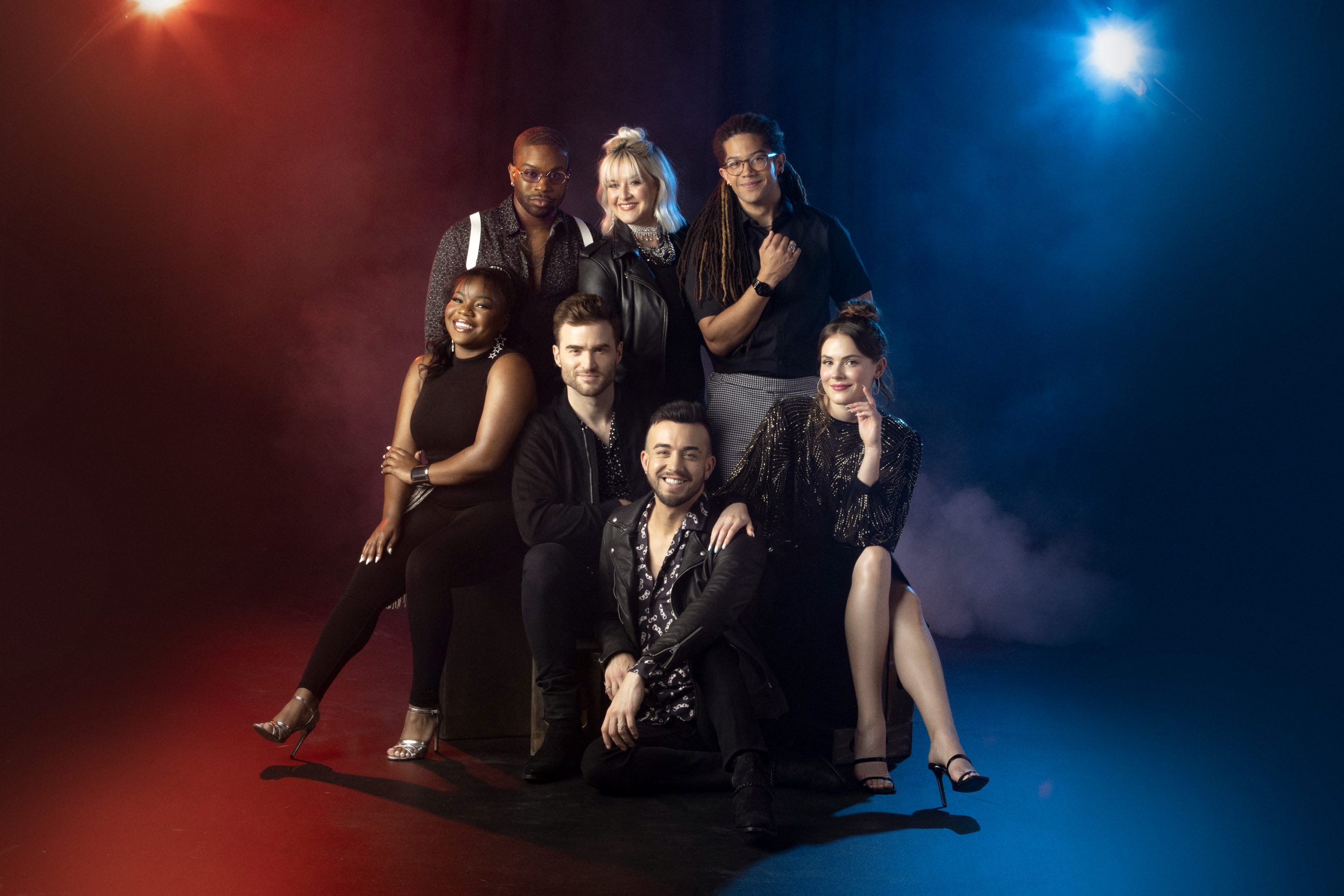There are a few ways to change the game. One option is to find a magic lamp and summon a genie: a big blue friend who can flash and make dreams come true. Another is to take a tried-and-true musical form like a cappella and marry it to cutting-edge technology from Roland. The result could be sounds no one’s ever heard before. The latter is what composer Deke Sharon, singer Antonio Fernandez, and the members of Disney a cappella group, DCappella, accomplished. They created a dubstep rendition of the timeless Disney song, “Prince Ali,” from the 1992 animated classic Aladdin.
Reimagining “Prince Ali”
When first approached to create an a cappella dubstep version of the song, Sharon immediately agreed. Then, his job switched to figuring out how to achieve the goal. With the seven-piece all-vocal group, Sharon wanted to push the boundaries of “Prince Ali.” He began with Fernandez, a vocal virtuoso capable of sound effects, percussion, and virtually anything else.
"On 'Prince Ali,' DCappella embrace the unexpected, combining vocal prowess and innovative musical tools."
Slowly and meticulously, Sharon built up the track. Starting with Fernandez’ percussion, he added bass vocals from Joe Santoni. Next came melodies from Morgan Keene, Kalen Kelly, and Kelly Denice Taylor. The resulting music had fresh energy, evidence of breaking sonic ground. Often, when artists venture into the unknown, they meet resistance. “There was backlash when Bob Dylan went electric 50 years ago,” Sharon says, citing an example. On “Prince Ali,” he and DCappella embraced the unexpected, combining vocal prowess and innovative musical tools.

Looping and Layering
Sharon and the group created loops, changes in pitch, levels, volumes, and myriad other techniques to reimagine the a capella format. At the song’s core, Sharon used the central vocal trio of Kenne, Kelly, and Taylor. Vocalists Orlando Dixon (who opens the song and raps) and RJ Woessner had other contributions. Finally, as with all great dubstep tracks, there’s a dramatic build leading to a satisfying drop.
"The Disney legacy is deep and powerful. As a young kid, I saw Fantasia and that introduced me to classical music.” -Deke Sharon
Spreading the Magic
In the end, for both Sharon and Fernandez, creating the new rendition of “Prince Ali” was inspiring. It provided another example of why they devote their talents to the Disney entertainment giant. The addition of Roland this time was the icing on the cake.
“Every day is Christmas when you get a new Roland unit and dive into the possibilities,” Sharon says. “The Disney legacy is deep and powerful. For me, as a young kid, I saw Fantasia and that introduced me to classical music.”
“Like most people,” Fernandez says, “Disney has been a part of my entire life. I remember watching Toy Story in the theater. To bring that magic to people all around the word—it really is a dream.”
ROLAND ROUNDUP
Deke Sharon and Antonio Fernandez on the instruments used to create "Prince Ali"
VT-4
“Though it’s a small box, that specific piece of gear is mighty. There’s so much power within the VT-4. It does a lot with pitch control so we can do low octave things. Specifically, on this track, the riser you hear came from the VT-4. With a click, we used the megaphone button to explore sounds for Orlando’s rap.”

"The riser that you hear came from the VT-4, and we used the megaphone button to explore sounds for Orlando’s rap."
SP-404
“The SP-404 is awesome because it’s a sampler, so we can assign different sounds to each pad. On ‘Prince Ali,’ the “Eee-Eee-Eee-Eeh-Eeh-Eeh-Eh” section where the ladies have their voices manipulated is where the SP-404 shines. It allows us to use different pads to manipulate our voices. We might be able to sing it live, but it wouldn’t sound as cool. Also, the big ‘clack’ halfway through the track comes from the 404.”
"The section where the ladies have their voices manipulated is where the SP-404 shines."
BOSS RC-505
“At the beginning of the track, we do an intro in a low octave. We used the RC-505 to dial in the bass we wanted beneath the singing. There are even a few spots in the song where you’ll notice some distortion. That’s the 505 putting in some elbow grease. We also use the 505 on tour to loop our voices. To be able to use it to loop and trigger beatboxing layers at different moments is great.”







